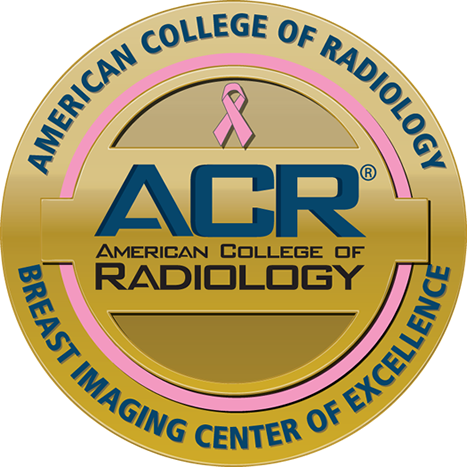Breast MRI
Image quality is key
 Breast MRI uses Magnetic Resonance Imaging (MRI) to look specifically at the breast. It is a non-invasive procedure that doctors can use to determine what the inside of the breast looks like without having to do surgery or flatten the breast (as in a mammogram).
Breast MRI uses Magnetic Resonance Imaging (MRI) to look specifically at the breast. It is a non-invasive procedure that doctors can use to determine what the inside of the breast looks like without having to do surgery or flatten the breast (as in a mammogram).
During the Exam
Each exam produces hundreds of images of the breast, cross-sectional in all three directions (side-to-side, top-to-bottom, front-to-back), which are then read by a Radiologist. No radioactivity is involved, and the technique is believed to have no health hazards in general.
The hope is that such non-invasive studies will contribute to our progress in learning how to predict the behavior of tumors, and in selecting proper treatments. Breast MRI is an evolving technology and should not replace standard screening and diagnostic procedures (clinical and self exams, mammogram, fine needle aspiration or biopsy).
American Cancer Society Recommends Breast MRI
The American Cancer Society has updated its guidelines for breast cancer screening and is now recommending that for women who are at an extraordinarily high risk of developing breast cancer in their lifetime, that in addition to annual mammography, they also have an annual MRI performed of both breasts. Women considered to be at extraordinarily high risk would be women who are known carriers of the two breast cancer mutations that are easily testable, which are the BRCA1 and BRCA2 genes. And women who are first-degree relatives of someone with one of those gene abnormalities, but have not yet been tested Or a woman with a significant family history, who by a breast-cancer risk model, would have a lifetime risk of somewhere between 20 and 25 percent. Additionally, women with dense or fibrocystic breast tissue may also benefit from breast MRI. The American Cancer Society recommends that women in these groups still receive a mammogram because the complement of the mammogram and a breast MRI actually provides the highest pickup rate of early breast cancers.
